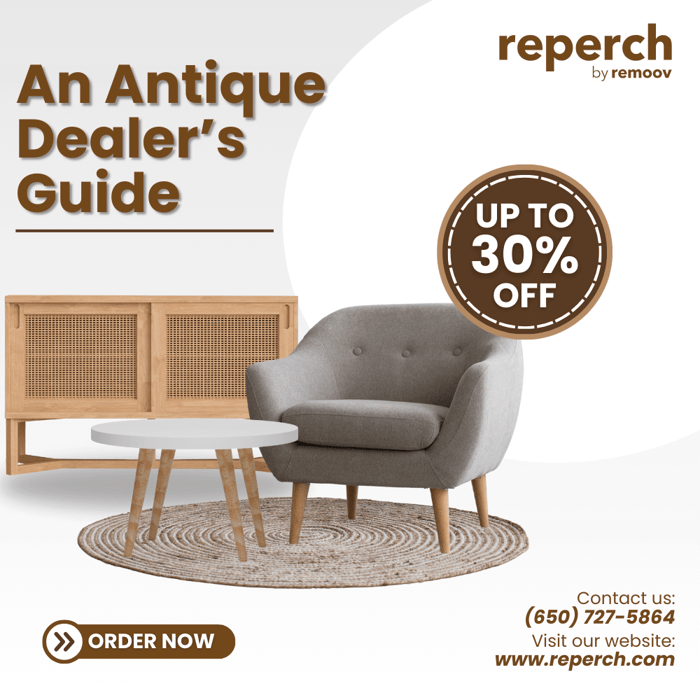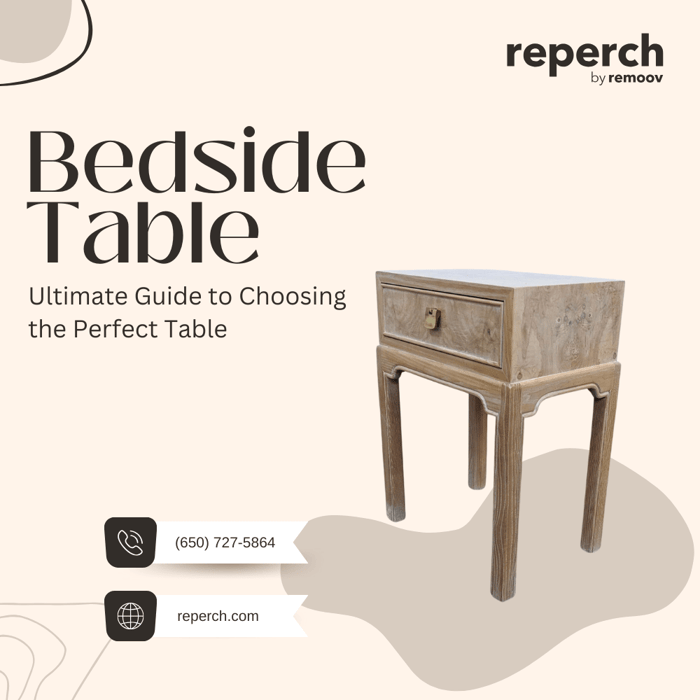What Is Antique and What Is Vintage?
In the world of collectibles and interior design, the terms "antique" and "vintage" are often used, but they refer to distinct categories of items based on their age and characteristics. Understanding these differences can help you make informed decisions whether you're buying, selling, or simply appreciating these pieces. Let’s explore what makes an item antique or vintage and how they each contribute to the charm and value of your collection.
What Defines an Antique?
An antique is an item that is at least 100 years old. This classification applies universally, whether you're dealing with furniture, jewelry, or household items. For instance, as of 2024, anything made on or before 1924 is considered antique. Antiques are often valued for their rarity, craftsmanship, and the historical significance they carry. Each period in history has produced unique styles, such as the intricate carvings of the Victorian era or the elegant lines of Queen Anne furniture. These pieces were often handcrafted, making each item unique and a testament to the artistry of the time.
Examples of Antique Eras:
Victorian (1830–1901): Known for its elaborate and ornate designs, often with dark woods and intricate detailing.
Arts and Crafts (1895-1915): Emphasized hand craftsmanship with simple, functional designs.
Owning an antique item is like holding a piece of history. These pieces often come with stories that span generations, making them not just valuable but also deeply personal to collectors.
What Makes an Item Vintage?
Vintage items are generally those that are between 20 and 99 years old. Unlike antiques, which are prized for their age and rarity, vintage items are often sought after for their nostalgic value. These items may remind people of their childhoods or represent a particular era in fashion or design that has come back into popularity.
For example, clothing from the 1980s or a 1960s mid-century modern chair would be considered vintage. These pieces often bring a sense of nostalgia and can be excellent conversation starters in any space. The term "vintage" itself suggests something that has aged well, like fine wine, gaining charm and character over time.
Key Characteristics of Vintage Items:
Mid-century Modern Furniture (1940s-1960s): Characterized by clean lines, organic shapes, and functional forms.
Vintage Clothing (1920s-1980s): Often valued for its unique style and quality that is difficult to find in contemporary clothing.
Vintage items are often easier to find and more affordable than antiques, making them a popular choice for those who appreciate old-world charm but may be working with a limited budget.
Understanding Retro: A Common Confusion
While antiques and vintage items are genuinely old, retro items are newly made but designed to mimic the styles of the past. Retro pieces are often more accessible and affordable, making them a great choice for those who love the look of vintage or antique items but prefer new, unused pieces. For instance, a retro 1950s-style refrigerator might be brand new but designed to look like it's from that era.
Retro Characteristics:
Reproductions of Classic Styles: Retro items imitate the look of vintage or antique pieces but are newly manufactured.
Accessible and Affordable: Often more budget-friendly and widely available than authentic antiques or vintage items.
Antique vs. Vintage vs. Retro: The Key Differences
To sum it up:
Antique: Must be at least 100 years old, valued for rarity and craftsmanship.
Vintage: Typically 20 to 99 years old, appreciated for nostalgic value, and often collectible.
Retro: New items that mimic the style of the past, often affordable and accessible.
Understanding these differences can help you appreciate the unique qualities each category offers, whether you're looking to decorate your home, add to your collection, or simply enjoy the charm of the past.
Explore More at Reperch:
At Reperch, we appreciate the beauty and history embedded in antiques, the charm of vintage pieces, and the playful nod to the past that retro items bring. Browse our collection to find the perfect piece that speaks to your style and connects you to a bygone era.








